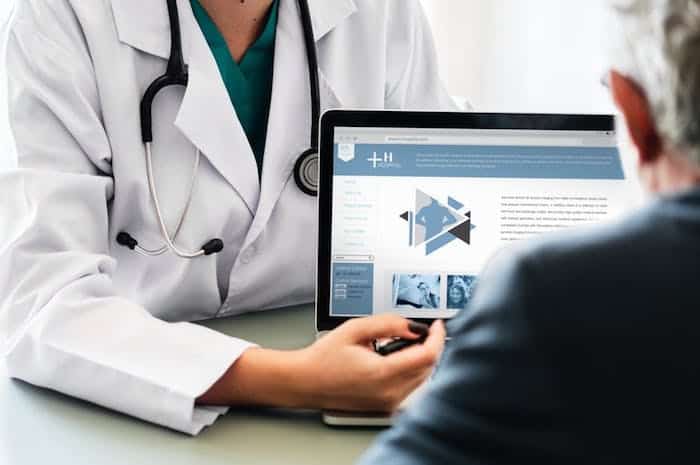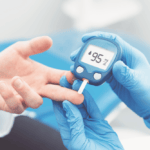Choosing the right Laboratory Information System (LIS) is a critical decision and one that shouldn’t be taken lightly. After all, not all LIS’ are created equally.
Some will lack features critical to your operations, while others may be overloaded with unnecessary bells and whistles.
The key to being successful with your LIS of choice, will often rest upon your team’s ability to stay organized within the system interfaces themselves.
Invest in Educating Team Members
Even the most well-intentioned efforts can lead teams astray if team members aren’t clearly educated on how to leverage the technology.
It’s, therefore, necessary to ensure that your LIS has an easy-to-use interface and that everyone who uses it has been completely brought up to speed beforehand.
Understanding the ins-and-outs of the laboratory information system’s many features and facets will ensure your team’s ability to stay organized and effective at meeting their goals.
Often, LIS providers will have extensive support teams and databases, so consider this when doing your initial research.
Leverage Your LIS to Its Full Extent
Does your LIS integrate with 3rd party vendors? Does it integrate with key lab equipment? These are questions you’ll need to answer before investing in integration.
Knowing that your LIS is able to meet your needs, means you’ll be able to stay organized, effective, and focused. Allowing your team members to focus on their tasks and goals, rather than fiddling with reporting features or integrations.
Leveraging barcode-scanning tools can make information capture incredibly streamlined for team members provided that they know how to use it.
Similarly, if there are order mapping features in your LIS, it can make overall processes a whole lot cleaner.
Investing time in learning all of your LIS’ features is well worth the effort, and can pay cascading benefits for years to come.
Stay Consistent With Best Practices
For your team to stay efficient, it’s a requirement that everyone be rigorous in their use of your Laboratory Information System. Make sure team members understand the importance of each order being entered into the system, the same way, every time.
Utilize Reporting Features
Making good use of the reporting features in your LIS to ensure team coordination.
Top-notch LIS will offer a variety of tools and capabilities. You likely won’t need all of them for your specific implementation, but knowing the limitations will be a great first step.
For instance, you may find that organ mapping is a particularly useful tool for reporting very specific information both quickly and effectively. Some LIS will offer this, while others may need to build a custom implementation to include it.
Either way, leveraging these features will be key to your efforts towards operational efficiency and organization.
Conclusion
As you can see, all of these efforts neatly tie back into the end goal of your team remaining organized and effective with regard to their use of an LIS.
Upfront investments pay long-term dividends when team knowledge and subsequent adherence to LIS protocols are prioritized at all levels of your laboratory organization.
The Editorial Team at Healthcare Business Today is made up of skilled healthcare writers and experts, led by our managing editor, Daniel Casciato, who has over 25 years of experience in healthcare writing. Since 1998, we have produced compelling and informative content for numerous publications, establishing ourselves as a trusted resource for health and wellness information. We offer readers access to fresh health, medicine, science, and technology developments and the latest in patient news, emphasizing how these developments affect our lives.








